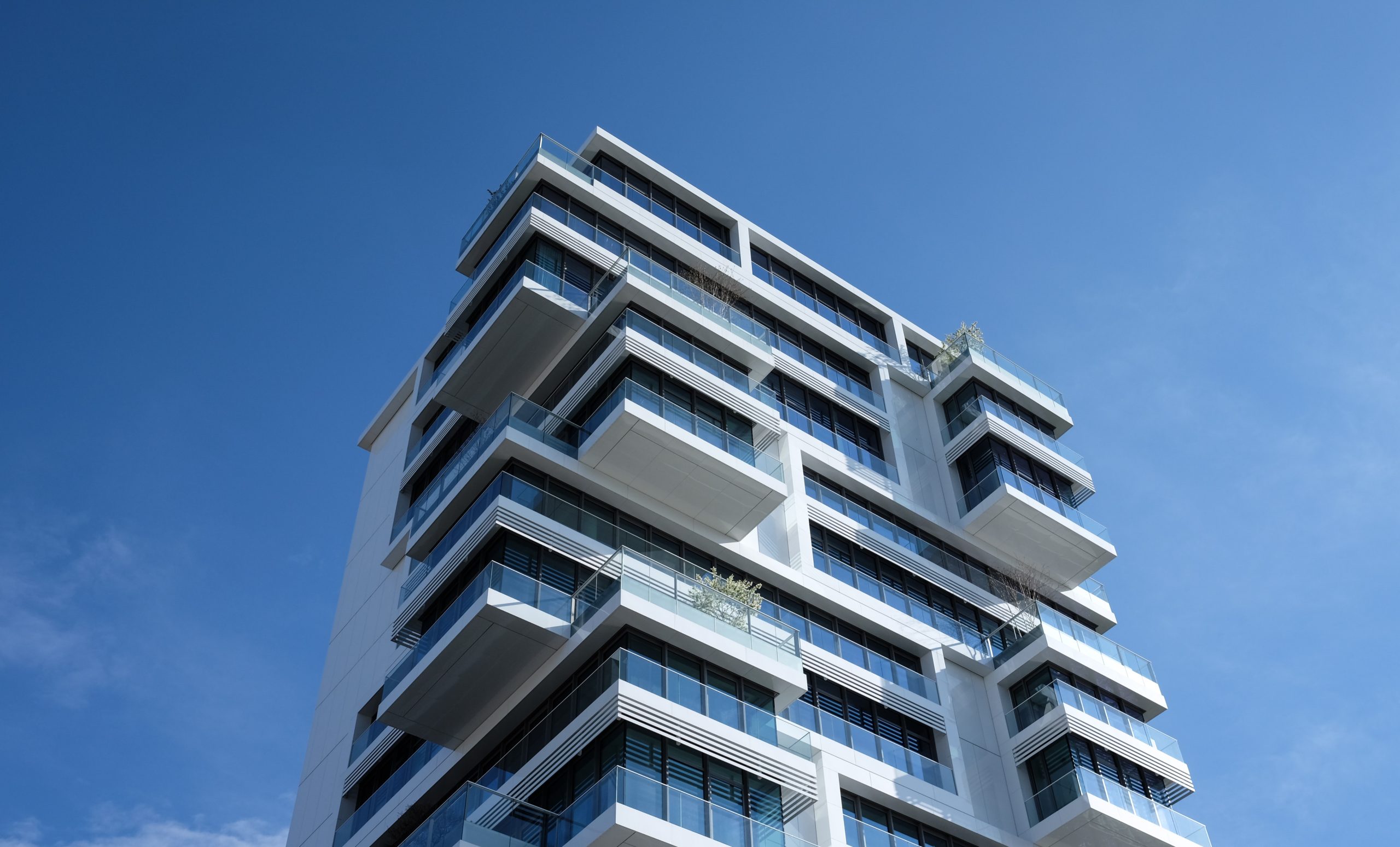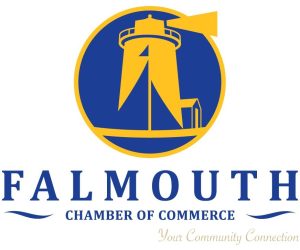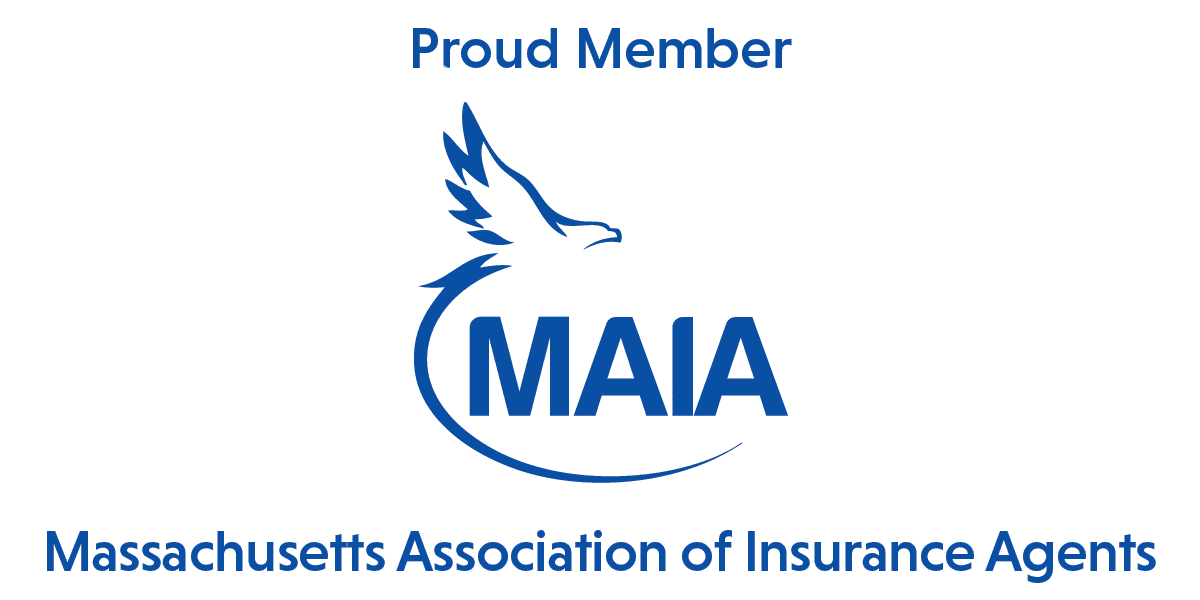CONDO UNIT OWNERS
Condo insurance is coverage that helps protect against losses and repair costs for a condominium unit. Condo insurance often provides protection against theft, vandalism, fire damage, water damage, and more.
CONDO UNIT OWNERS

Why do I need condo insurance?
Individual condo insurance is a good purchase, even if your condominium association has their own coverage. Their insurance might only cover certain areas of the condominium building, commonly owned property, and liability insurance for the association.
Unfortunately, there are many cases where that insurance policy won’t cover you or your things—like a break in, water damage to your living room walls, or someone injuring themselves slipping on your wet kitchen floor. That’s why you need individual condominium insurance designed specifically for condo owners.
Condominium policies help protect your personal property and the interior of your unit. You will also have liability protection for bodily injury or property damage to others
What does a condo insurance policy cover?
The articles of the condominium association and state law determine exactly what’s covered under the association’s master insurance policy.
In most cases, the association’s coverage stops after the exterior walls meaning that you are responsible for the interior walls and possibly for fixtures, as well as your personal property and liability. This is where your own personal condo policy would come in. Most policies will include coverage for losses arising from:
- Fire or Lightning
- Windstorm
- Smoke
- Vandalism or Malicious Mischief
- Theft
- Accidental Discharge of Water
Also known as an HO-6 insurance policy, condo insurance protects condo units while also providing both personal liability coverage and living expense coverage if a condo becomes uninhabitable. HO-6 policies are sometimes called “walls-in coverage” because they protect your individual unit, while your condo association’s master policy covers the building’s common areas. Be sure to review the condo association by-laws insurance section.
The standard condo insurance policy doesn’t apply in certain situations, such as floods. You may want to consider additional policies depending on where your condo is located and how much time you spend there.
What is covered by the condo association or HOA master insurance policy?
Typically, all common areas in a condominium building are covered under a “master insurance policy” purchased by the condo association or homeowners’ association (HOA) unless stated otherwise by the bylaws. This includes not only the building’s roof and exterior but also internal areas such as elevators and hallways.
The cost of the master policy is shared by all unit owners, usually in the form of a recurring condo or HOA fees. There are three main types of condo master insurance policies:
- Bare walls coverage is a limited master insurance policy that covers the structure, as well as most fixtures and furnishings in common areas. It also covers any property that is collectively owned by the condo association.
- Single entity coverageoffers everything included in bare walls coverage and also provides coverage for built-in property such as fixtures in individual condo units.
- All-in coverageapplies to all property collectively owned by the condo association or that is part of the condominium structure. It’s the most comprehensive condo master insurance policy, covering all condo improvements and additions.
The type of master insurance policy your HOA or condo association has will directly impact the amount of condo insurance you need to purchase. You should ask the association for a copy of its declaration page, which details the policy and what it covers.
What does condo insurance cover?
A typical condo insurance policy provides coverage for the following categories:
- Building property:The unit itself, including walls and fixtures
- Personal property:Furniture, electronics, and other movable goods
- Personal liability:Legal expenses from claims or lawsuits against you
- Loss of use:Costs of lodging/transport if unit is uninhabitable
- Loss assessment:Your portion of any losses shared out by the association
The main difference between a condo owner’s HO-6 policy and a regular HO-3 homeowners insurance policy is that an HO-6 policy only covers the interior structure of a unit from the “walls in.” Otherwise, HO-3 and HO-6 policies are quite similar in how they cover personal property, liability, and additional living expenses.
Usually, the dwelling and property coverage for a condo will cover a defined list of “named perils” such as fire, hail, theft and vandalism. Any hazards that are not named are not covered, which means you’re financially responsible for those types of damage.
Flooding is usually an excluded peril in both condo and homeowners’ insurance.
However, it is possible to turn your condo insurance into an “open peril” policy by adding a Unit Owners Special Coverage A endorsement. An open peril policy covers damage from any cause except for ones that are named in the policy. Perils frequently named for exclusion from coverage include flooding, earthquakes, and sinkholes.
Condo building property coverage
The division of ownership and insurance coverage between condo owners and condo associations can present tricky questions when the damage affects more than one area of a condo building.
Condo insurance building property coverage protects the interior of your unit, which includes the floor, interior walls, cabinetry, sinks, tiling, and any other permanent fixture. If a condo is damaged or destroyed by a covered peril, your condo insurance policy will pay up to the coverage limit of the policy purchased. This is usually equal to the full cost of replacing the unit.
Depending on what areas are affected, an incident can be covered by multiple policies at the same time. A leaky roof — covered by the master policy — might also cause water damage to your unit below, which would then bring your HO-6 policy into play. Similarly, water damage in a neighbor’s unit that spreads to you would involve two HO-6 policies.
When choosing your dwelling coverage limit, consider the added value of any new fixtures or construction.
For example, say you renovate your kitchen, adding new finishes and upgrading the fixtures. This increases the value of the unit interior and may put your overall home value over your old dwelling coverage limit.
Condo contents and personal property insurance
A condo owner’s belongings are protected by the personal property (or contents) coverage in an HO-6 insurance policy. Like homeowners’ insurance, condo insurance will help replace any property belonging to the condo owner or family members in the event of a covered loss, up to the policy limit. Covered property can include furniture, clothing, electronics, and any other items not permanently attached to the unit.
Like the structure itself, a condo owner’s belongings are covered by a long list of perils. The most important of these named events are fire, lighting, and theft.
For example, if a storm breaks a window in your condo, letting rain in to soak your furniture, a condo insurance policy would cover the cost of replacing both the window (structure) and the furniture (personal property).
Personal property coverage isn’t limited to things that are located inside the condo unit. You could file a condo insurance claim for belongings that are lost, damaged, or stolen outside or while traveling. For example, if you have something stolen out of your car, you could file a condo insurance claim for it.
Condo liability insurance
Condo liability insurance protects you and your family members from lawsuits for bodily injury or property damage. Liability coverage is a core part of every condo insurance policy, as well as every homeowner or renters insurance policy. Without liability coverage, a condo owner could be stuck paying out of pocket for legal expenses that could be financially devastating.
Most condo insurance policies include at least $100,000 in liability coverage. Policyholders can always purchase more, usually up to $500,000. If you need even more liability coverage, you can also purchase an umbrella policy to supplement the liability limit of your condo insurance.
Loss of use coverage
Loss of use coverage (sometimes called additional living expense coverage) isn’t as well-known as property or structural coverage, but it can be extremely valuable. If your condo becomes uninhabitable due to damage or an evacuation order, loss of use coverage reimburses you for the extra expenses you incur in order to maintain your regular standard of living.
For example, say a fire occurs in your condo, leaving you without a place to stay. Loss of use coverage will pay for your room and board at a different location while it’s being repaired — and will sometimes even cover the extra costs of a longer commute.
The terms for loss of use can vary: Some policies reimburse you up to a certain amount each day or for a set number of days, while others allot a maximum amount per claim.
Loss assessment coverage
Loss assessment insurance, also called special assessment coverage, is an optional coverage that you can add to a condo insurance policy. It covers situations in which the unit owners in a condominium are financially responsible for a shared loss, so long as the issue was a covered peril.
For example, if a fire were to damage the lobby of your condo building and end up costing the association more than it has set aside, then special assessment coverage will pay for whatever individual share the unit owners must contribute to make up the difference.
Sandwich Office
PO Box 719
Sandwich, MA 02563
Phone Number (508) 888-0207
Fax Number (508) 888-0550
Plymouth Office
28 Samoset St
Plymouth, MA 02360
Phone Number (508) 746-1965
Fax Number (508) 746-1668
Falmouth Office
79 Davis Straits
Falmouth, MA 02540
Phone Number (508) 540-6161
Fax Number (508) 457-7660








